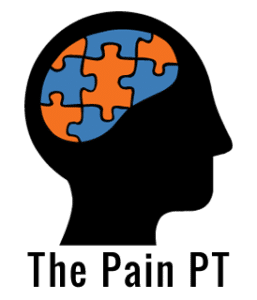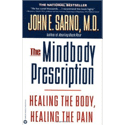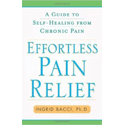Trauma increases the risk of somatic symptoms by 2.7 times

This was a nice review paper looking at how psychological trauma affects functional somatic symptoms (FSS) in the body. Functional means no specific identifiable medical cause is found in the body. What the researchers found through looking at the data from 71 different studies was that: “To our knowledge, this is the largest and most comprehensive review of the trauma and FSSs literature to date. We found 71 studies that met our stringent criteria for inclusion. The overall meta-analysis revealed that individuals who reported exposure to trauma were 2.7 times more likely to have FSS regardless of type of trauma or type of condition. This significant association was robust against both publication bias and the generally low quality of the literature.”
The authors go on to say: “It is widely recognized that a set of physiological and psychological processes become enacted when humans experience acute stress or trauma. For many people, these physiological perturbations return to baseline once the stress or trauma has resolved. However, the initial state of hyperarousal can become chronic for some individuals. The chronic hyperarousal then leads to dysregulation of the physiologic stress system and the ultimate development of stress-related conditions.”
This is what I see daily in my practice. I listen to people’s personal histories and then include a battery of validated psychosocial screening questionnaires for things like anxiety, depression, catastrophizing, central sensitization, and emotional regulation difficulties. It becomes clear that most of the sensations (symptoms) people are experiencing are not produced by an local issue in the body, but by a brain that has been traumatized in some way.
The brain is still in a state of hyperarousal and hypervigilance. It is now geared up to look for and quickly react to any sense of danger or threat it perceives. This is simply a brain that has become too sensitive and overprotective and has not yet learned to feel safe and secure so it can relax. Once we can teach our brains we are no longer under any true danger or threat, the brain’s over-reaction and over-protection will subside and we will start to feel better in both our body and mind.






